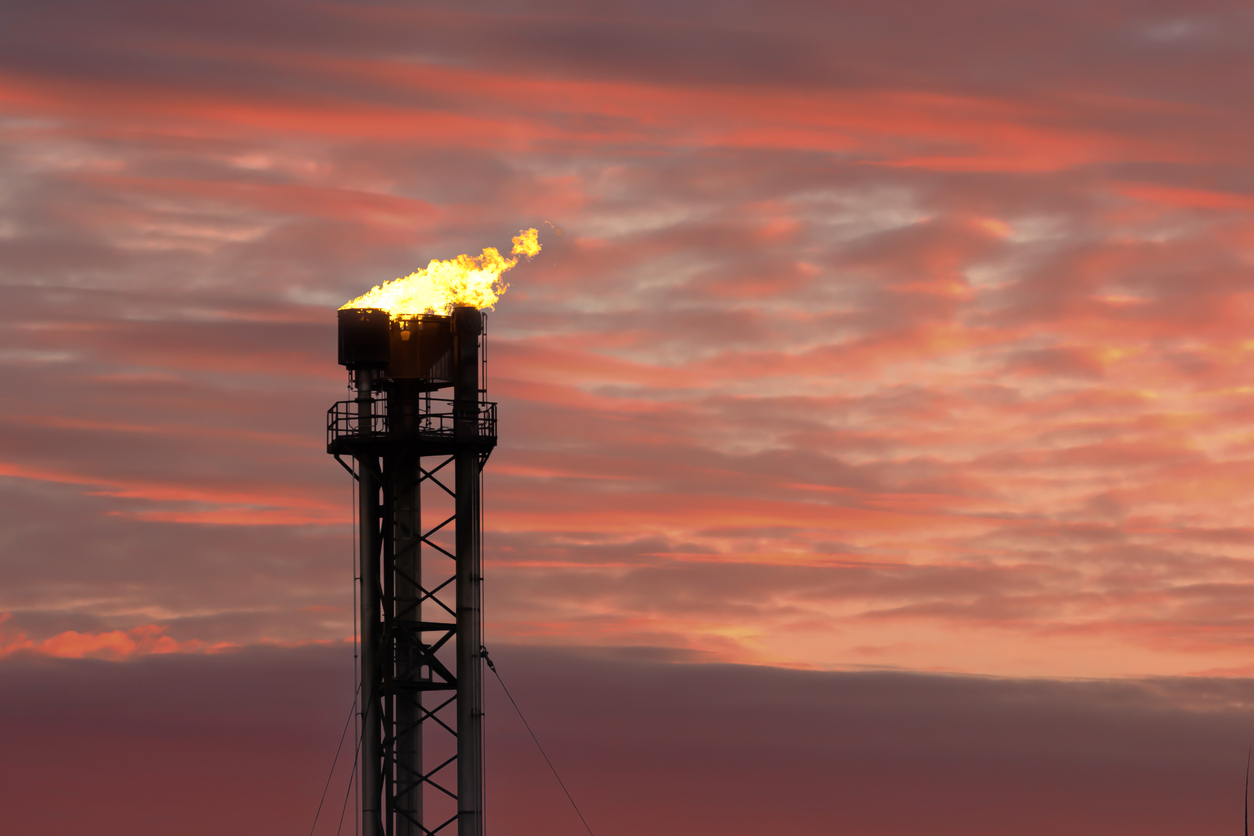
News and Media

Methane leak in the UK detected using satellites

An international collaboration led by the National Centre for Earth Observation scientists at the University of Leeds discovered a substantial methane leak from a faulty gas pipe near Cheltenham, Gloucestershire while using GHGSAT’s high-resolution data in March 2023. This was the first time a UK methane emission has been detected from space and mitigated.
Scientists came across the leak while working on a project investigating the ability of sensors mounted on telecommunication towers (the UK DECC network) to measure greenhouse gas emissions dispersed in the atmosphere. While reviewing GHGSat data acquired through ESA’s Third-Party Missions programme to support the project, the Leeds team identified an unusually large source near a landfill site they were focusing on; GHGSat is a commercial satellite company offering high spatial resolution measurements of strong methane, point emissions. The source, near Cheltenham, was releasing methane at a rate of over 200 kg/hr. This was subsequently confirmed by researchers from Royal Holloway, University of London, who visited the site with their mobile measurement vehicle.
The team first recorded the Cheltenham emission on 27th March, at which point GHGSat re-tasked their constellation, increasing the allocation of capacity over the site. This resulted in 5 further successful measurements over a period of 2 months, showing emissions ranging from ~200 – 1,400 kg/hr.
The researchers and GHGSat immediately alerted the owner of the pipeline, Wales & West Utilities, who moved promptly to address the problem. Following an investigation, repairs were completed by June 13th, after which time GHGSat satellites recorded no further emissions.
It has been estimated that the total volume of methane that leaked from the pipe over the 11 week-period was equivalent to the annual electricity consumption of more than 7,500 average homes, according to the EPA calculator.
Methane is a highly potent greenhouse gas and this work has shown that satellites can now provide a system to rapidly identify where leaks are happening so that action can be taken to minimise emissions and therefore the climate impact
Emily Dowd, the study lead and SENSE CDT PhD student at the School of Earth and Environment and the National Centre for Earth Observation, University of Leeds.
A scientific paper evaluating the role that satellites can play in pinpointing methane leaks, with lessons drawn from the events in Gloucestershire, is currently being written by the NCEO researchers at the University of Leeds and GHGSat.
NCEO will be supporting the new UK access programme for GHGSat data which is funded through the UK Space Agency and co-ordinated throgh the Satellite Applications Catapult.
We did not expect this GHGSat system to detect a UK leak so quickly. The opportunity now is to bring this relatively new satellite sensing capability into our reporting, verification and emission quantification systems for methane alongside improved models and ground measurement systems.”
Professor John Remedios, Director of NCEO and atmospheric satellite remote sensing expert




